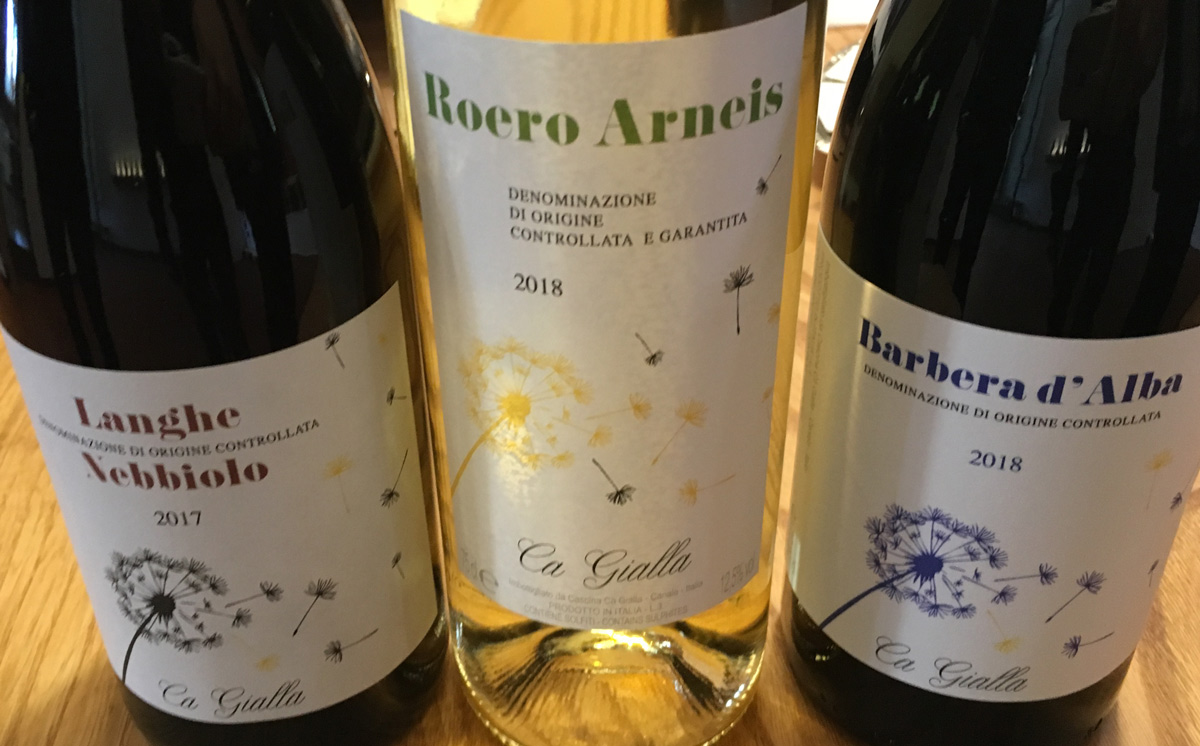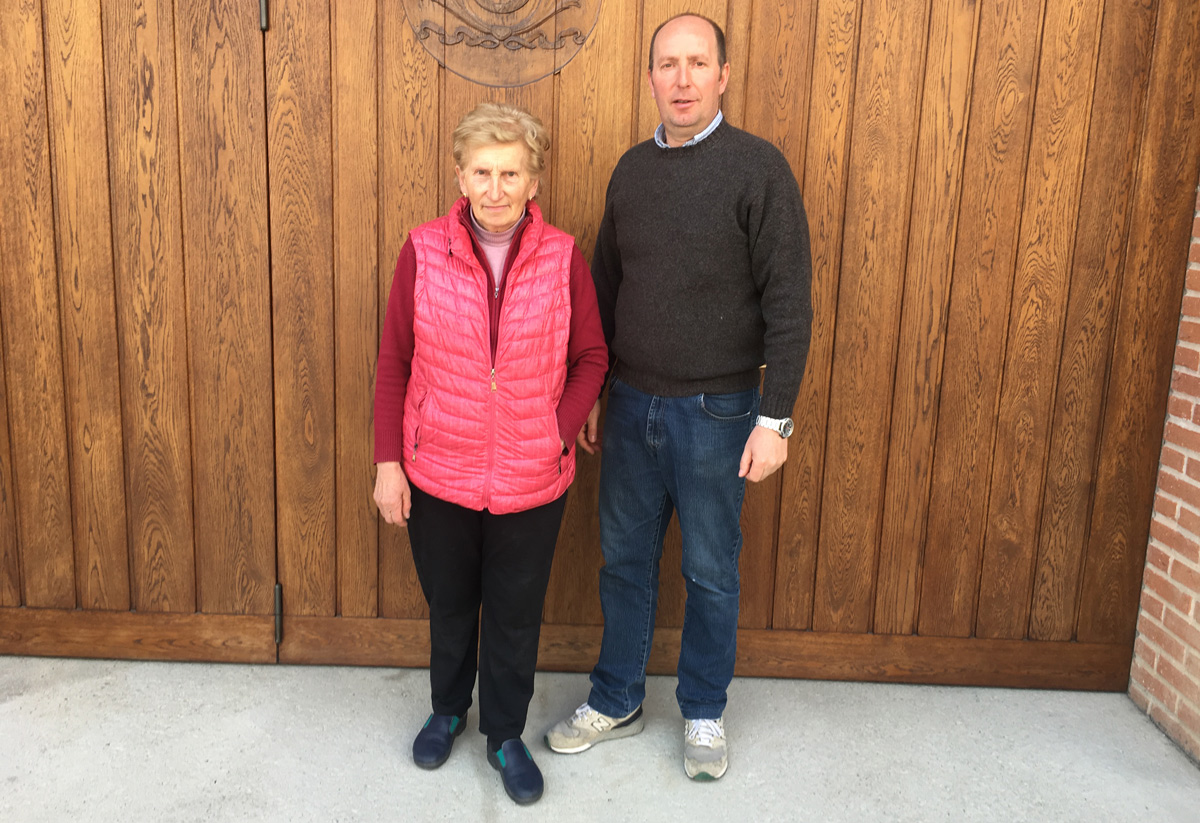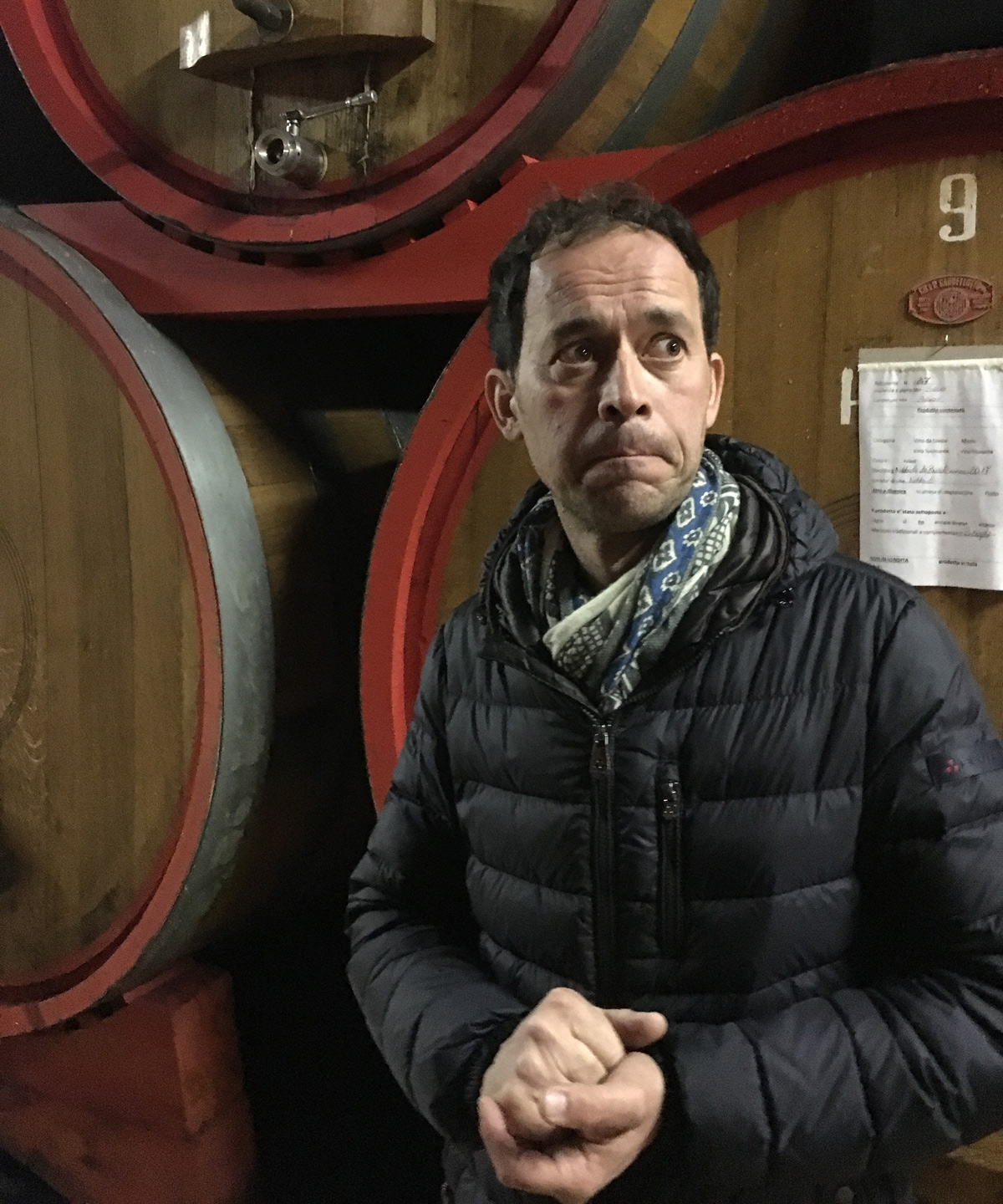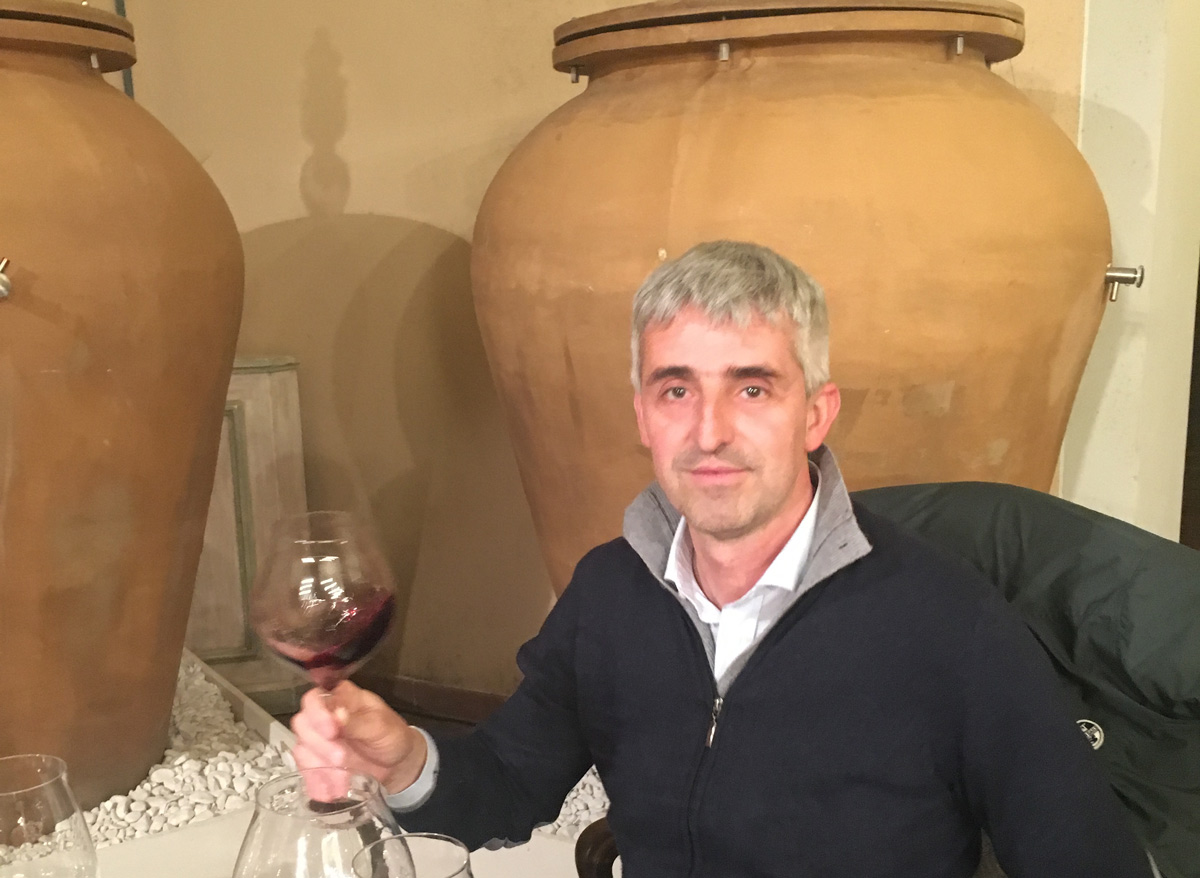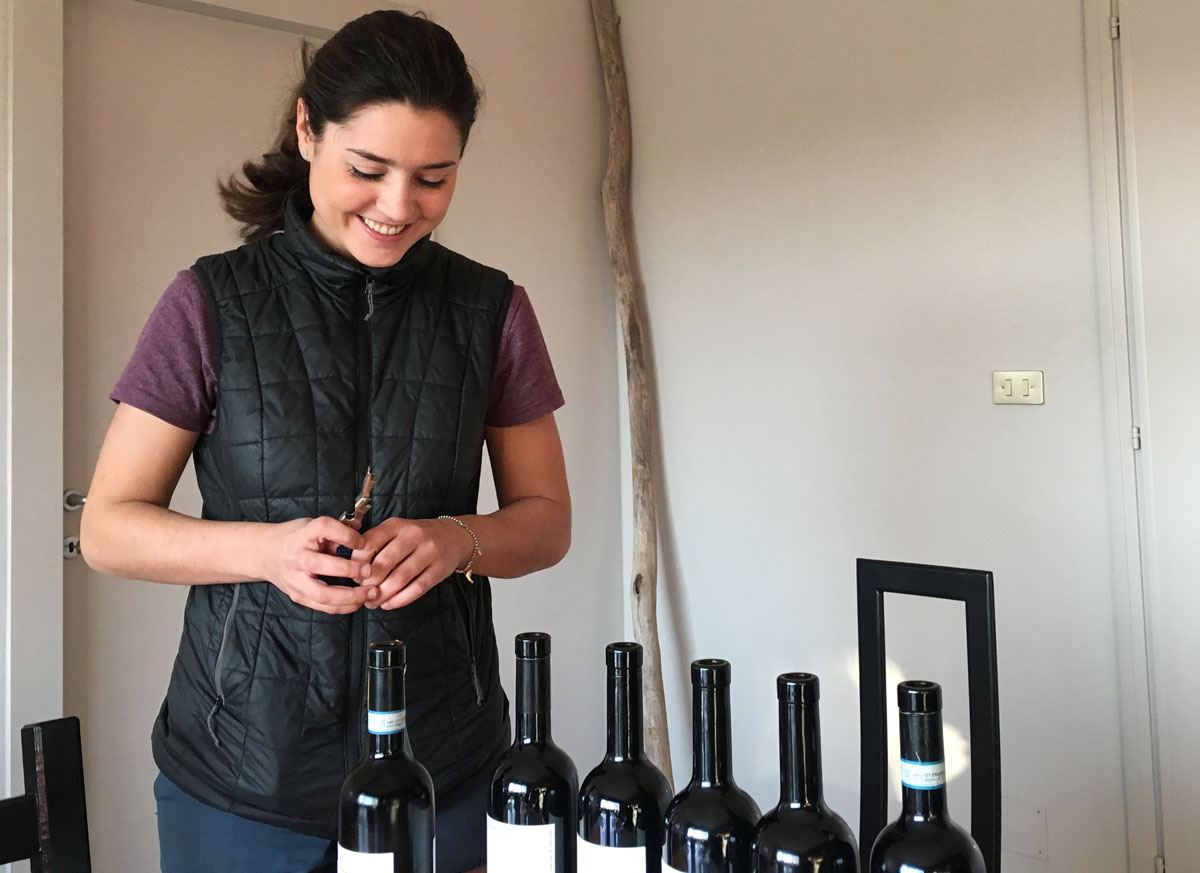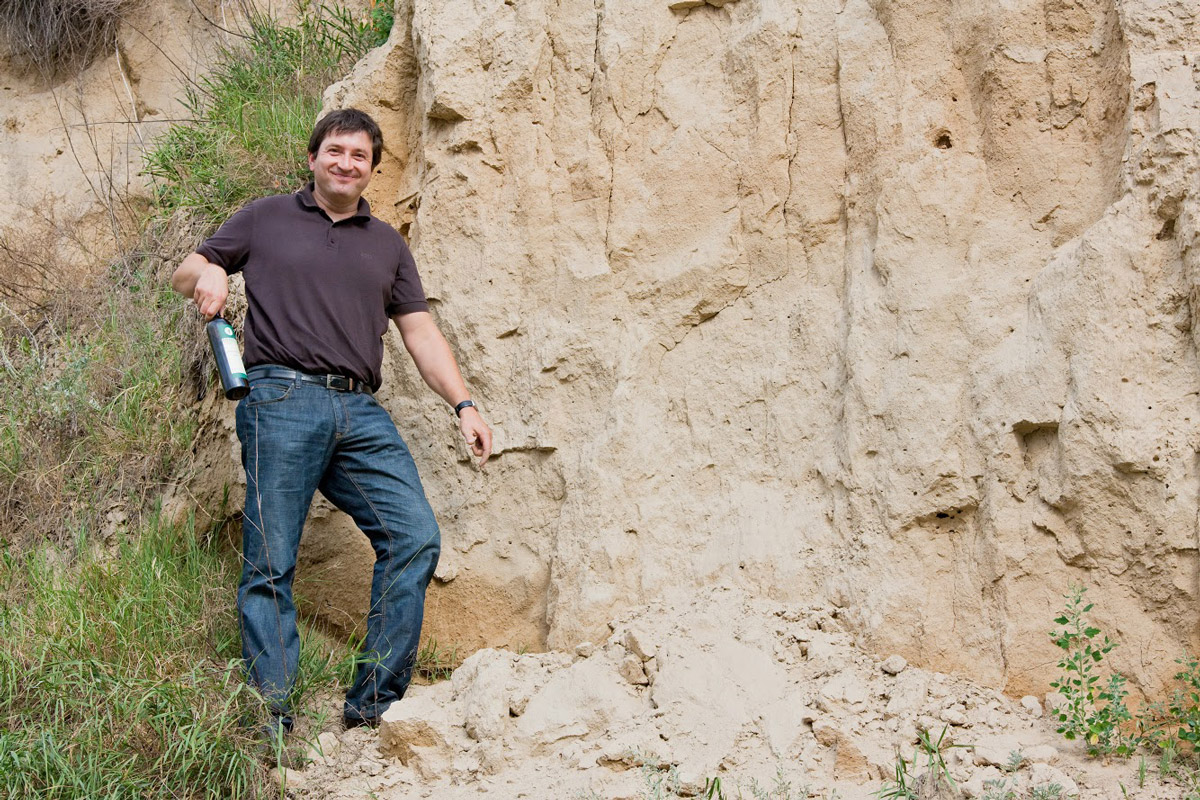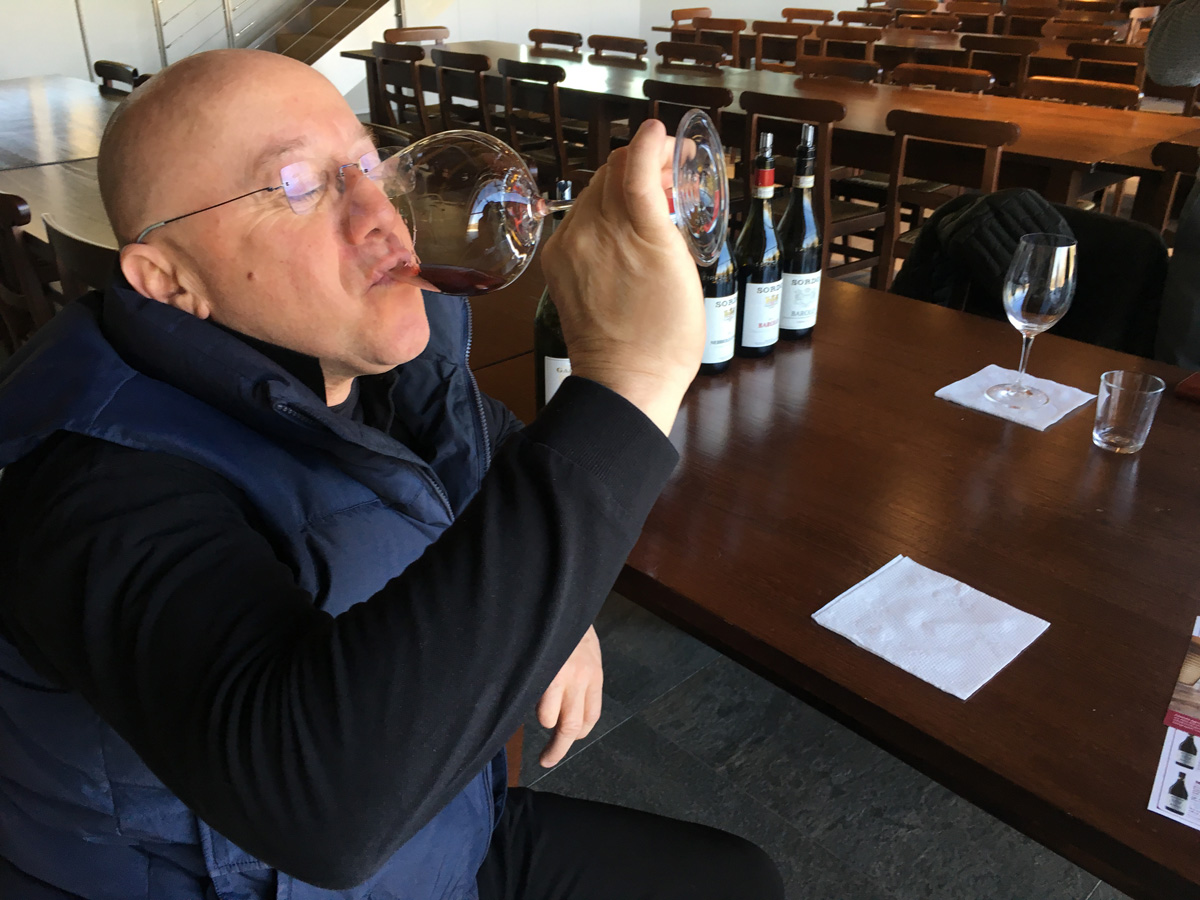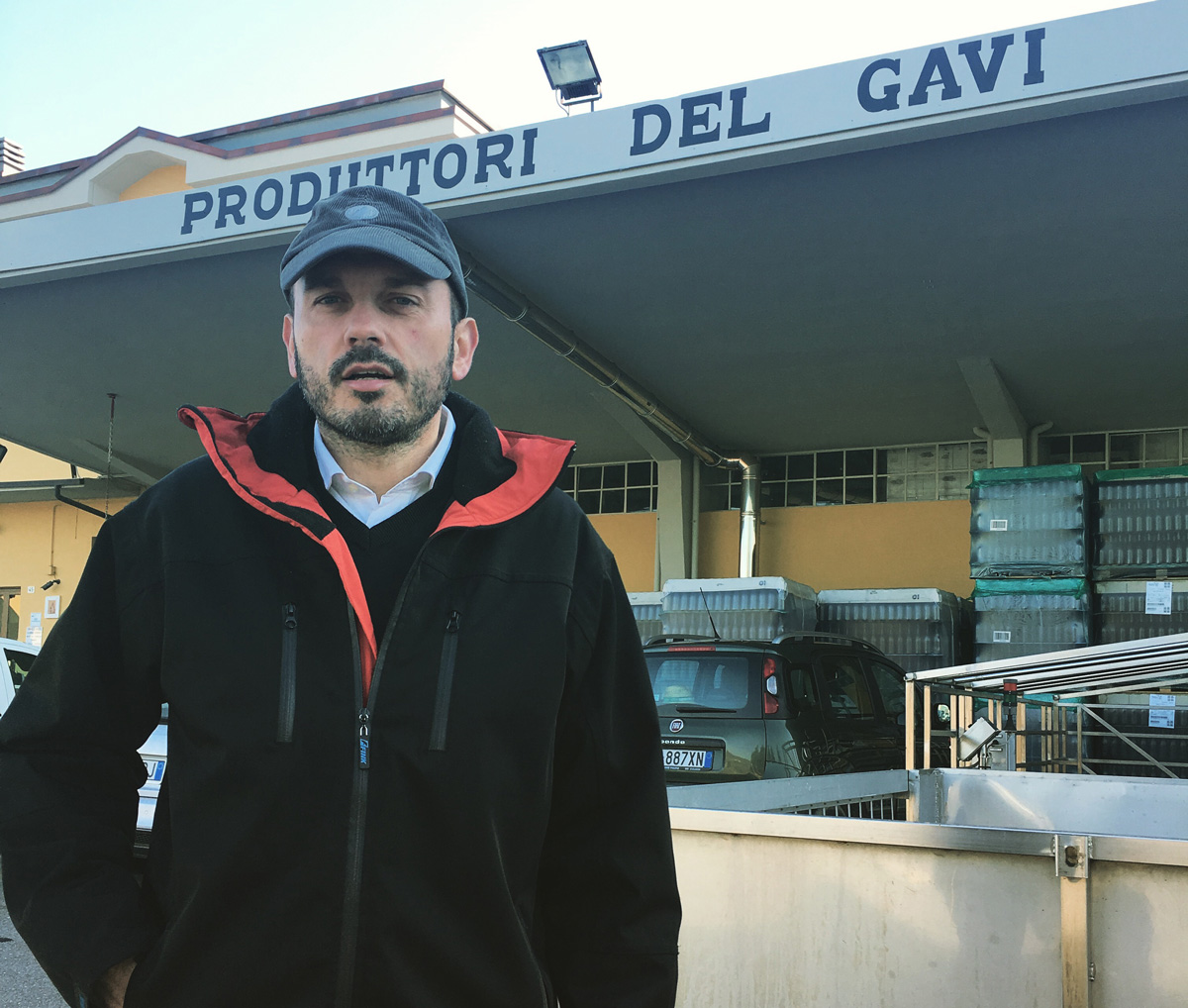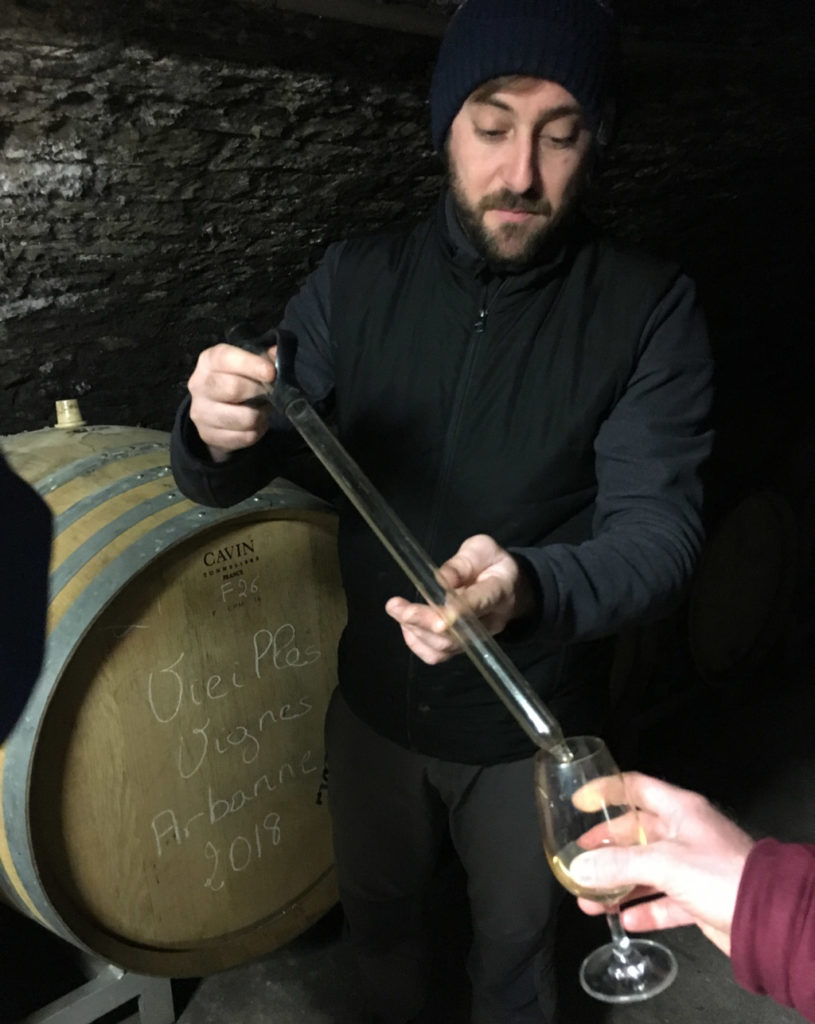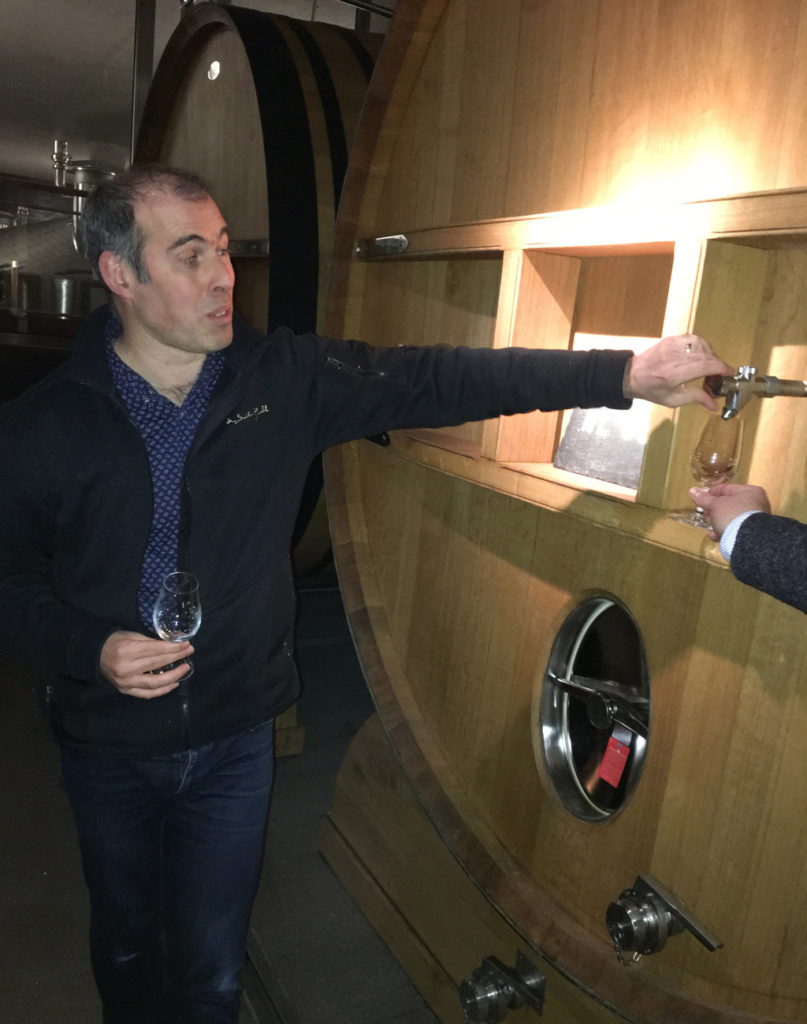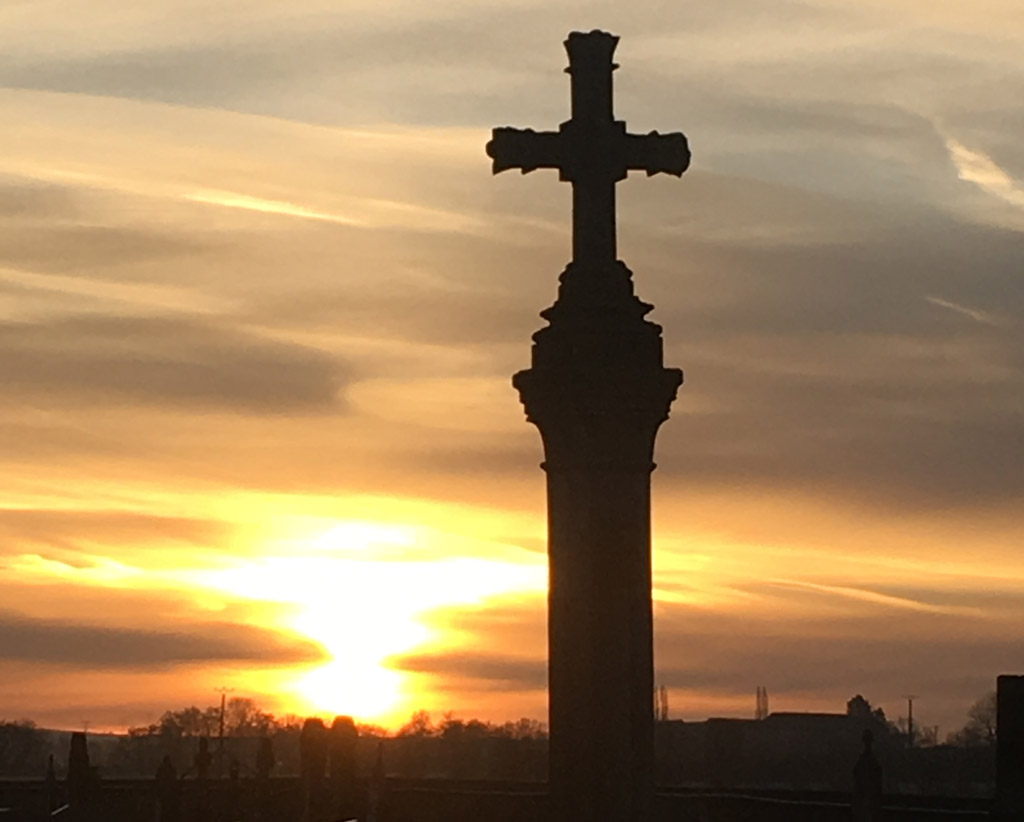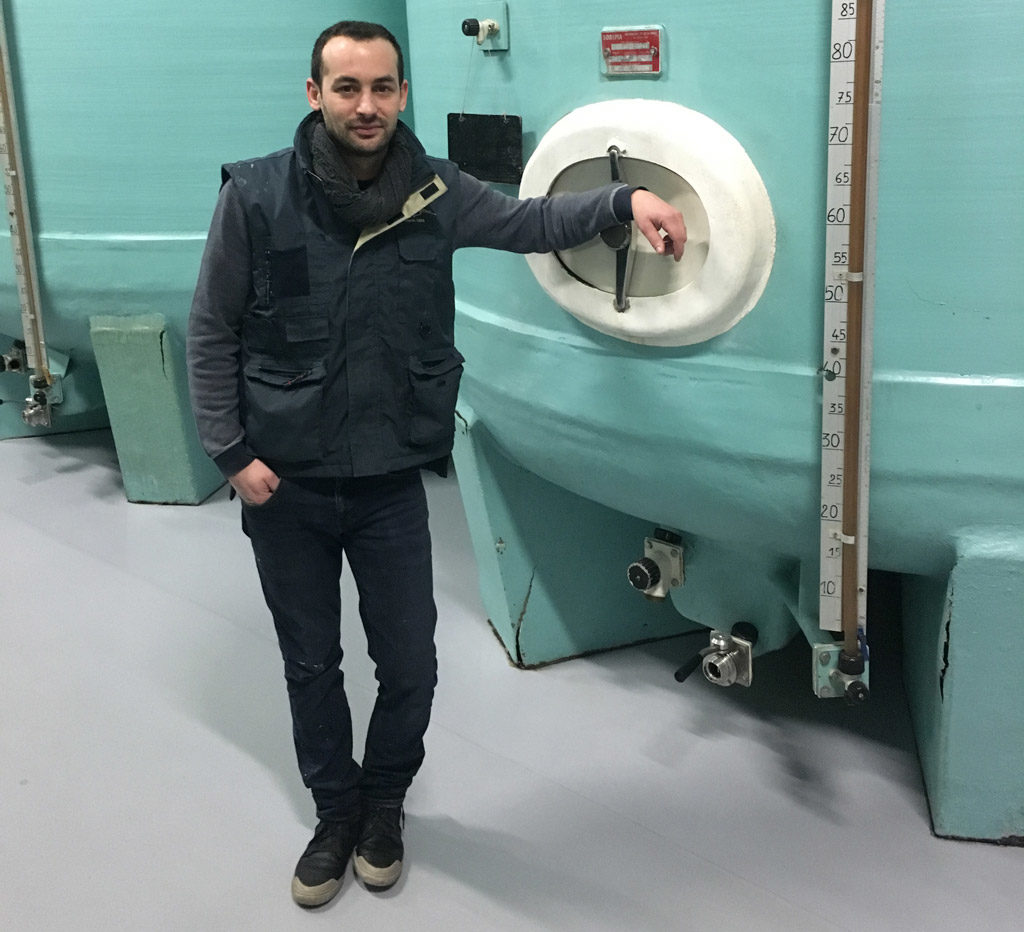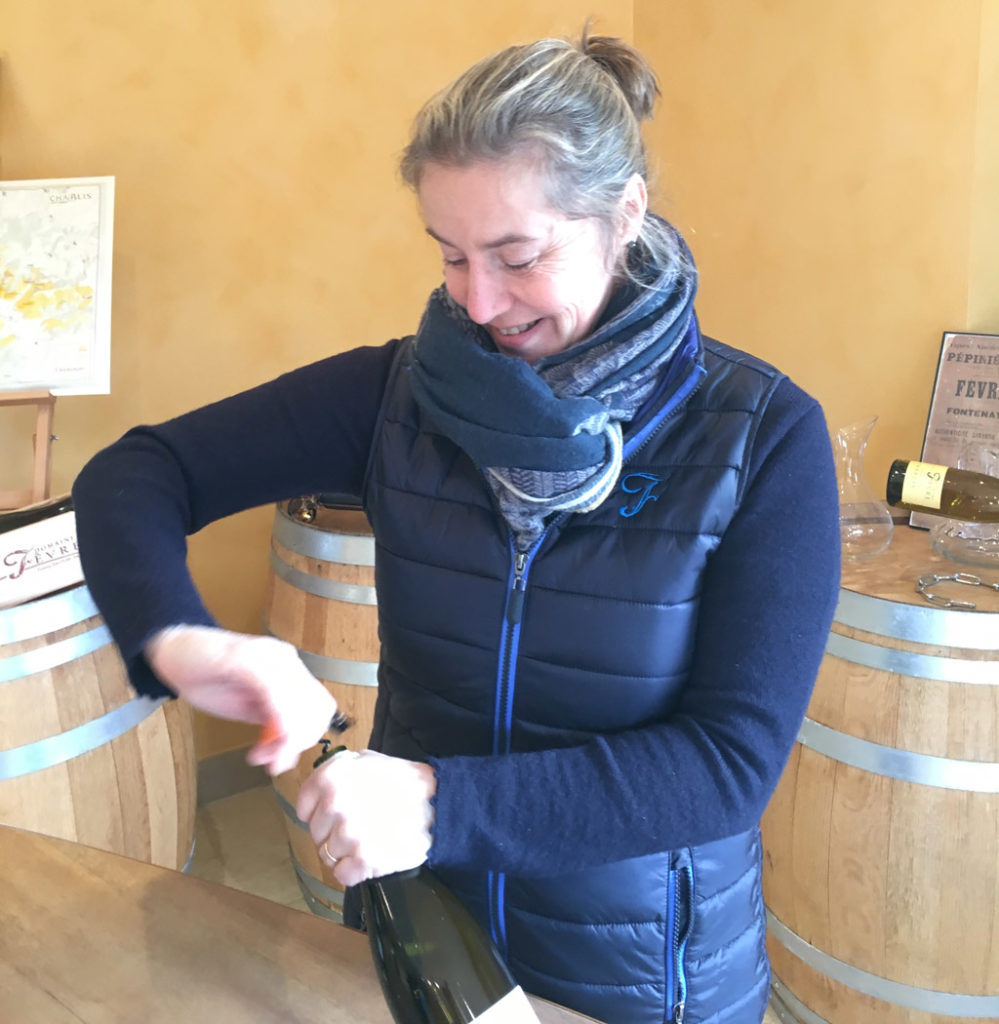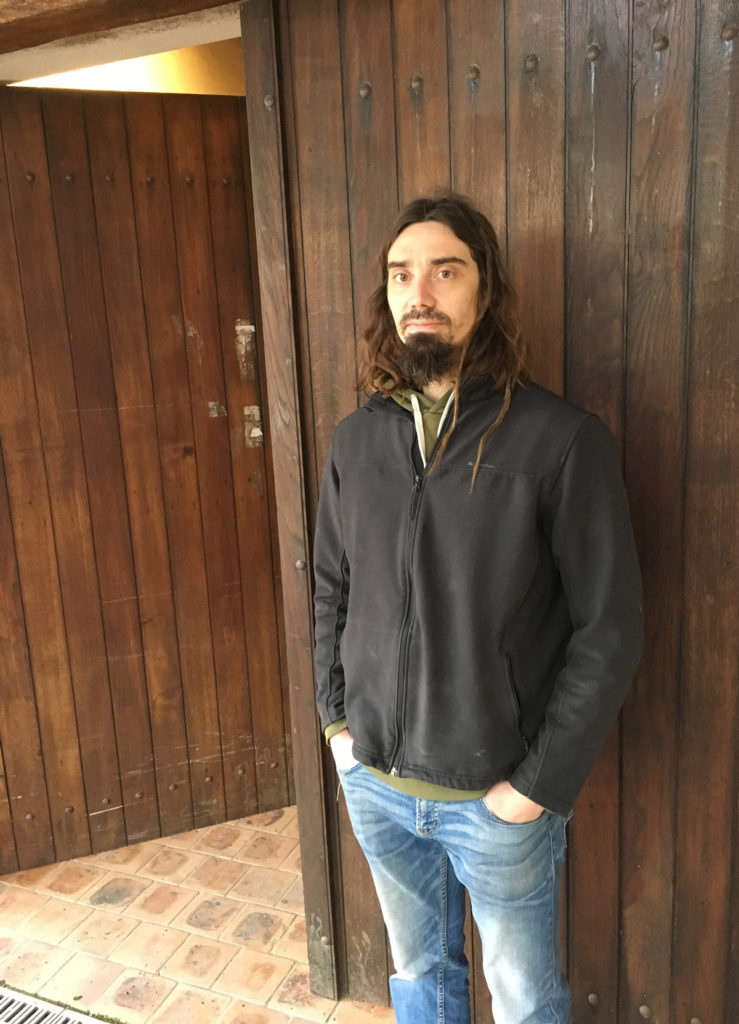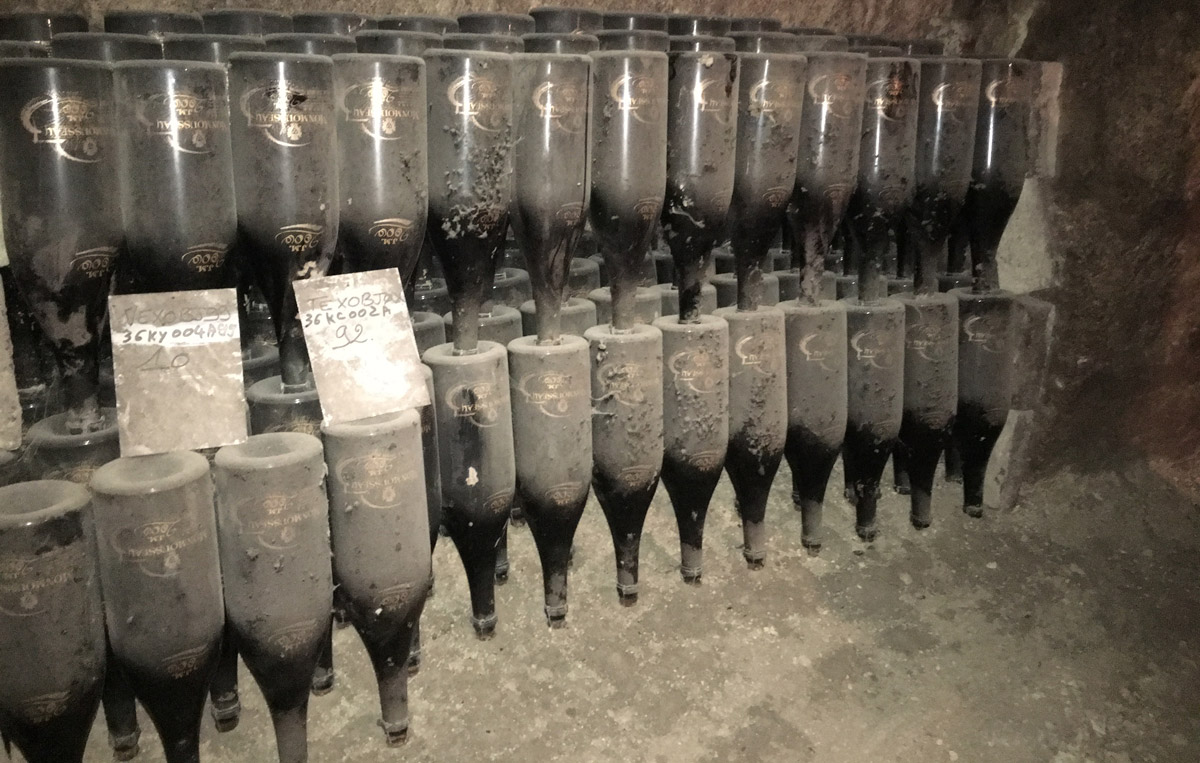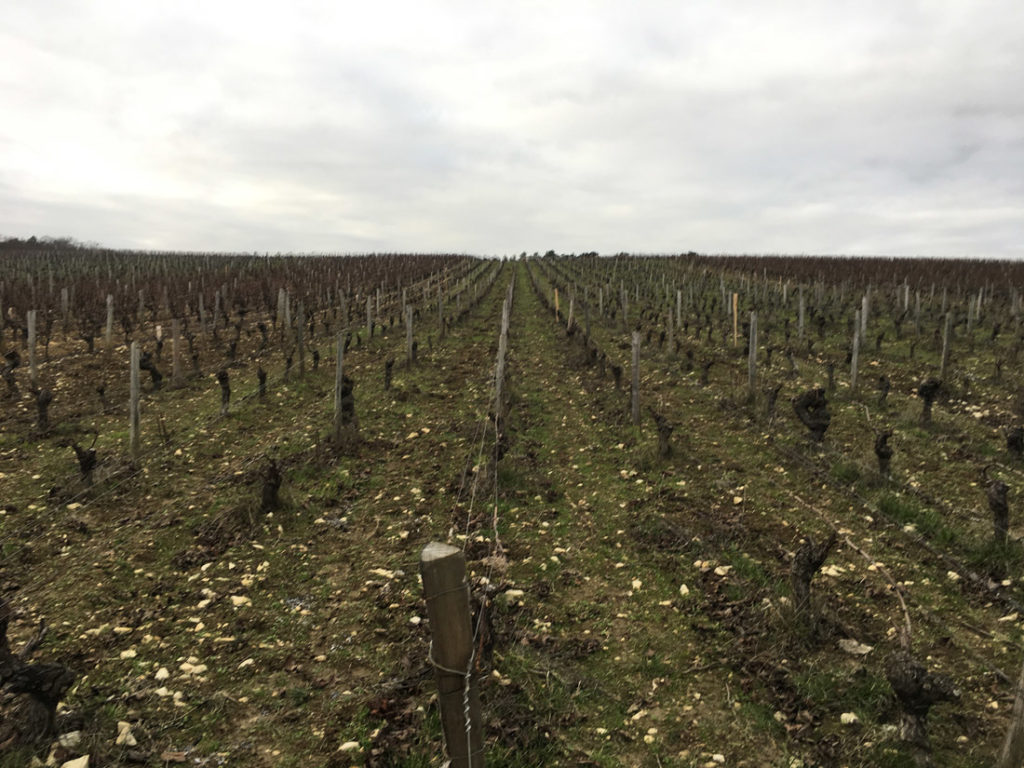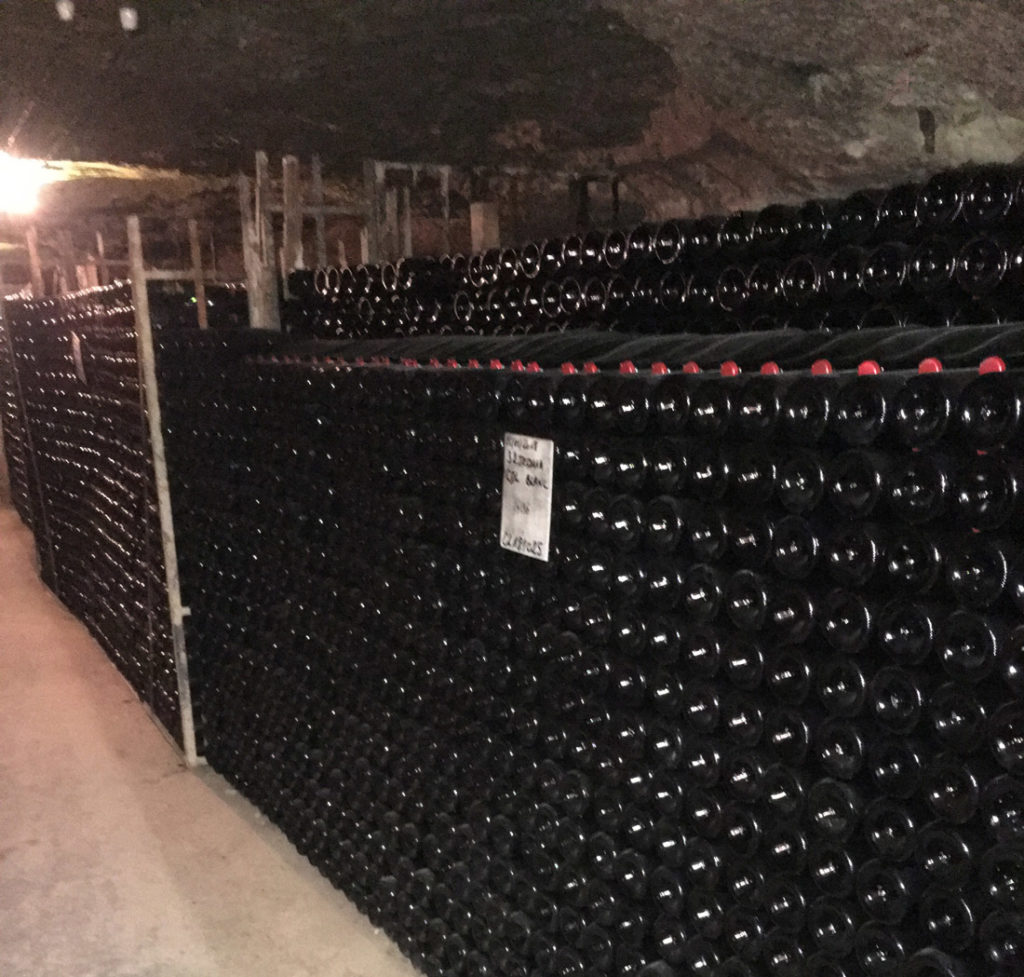The new Felsner container has arrived in our warehouse and folks are licking their lips around here! We talked Manfred Felsner into letting us record his thoughts on a variety of topics, and distilled things down into a ten minute clip for you. Topics include:
- Why a vineyard with a mix of young, middle-aged, and old vines is rare in Kremstal but a kind of secret weapon
- Why Kremstal might be the new Provence in terms of sexy, textured rosé
- The importance of extended lees contact i.e. why Manfred refused to bottle Gruner until the last possible moment
Click here for the episode link on Spotify, and here for the episode link on iTunes.
If you’ve been living in a cave and don’t listen to podcasts yet, you can read the interview transcript below instead:
JM: So we’re here with Mr Manfred Felsner from Weingut Felsner and we’re talking about release dates when it comes to Austrian Gruner veltliner. A lot of people in the US market especially, you know, they want brand new vintage Gruner right away. And a lot of what we’ve tasted has led us to believe that fresher isn’t always better. It’s certainly the case with Felsner, always has been. Here’s Manfred telling us why that is, why he believes in giving us fall bottling Gruner rather than Gruner that is bottled in the winter of that year.
MF: Oh, well with Gruner Veltliner needs a time of contact on the lees because the lees is keeping him fresh. There is a process called autolysis and every day coming some new bubbles from the lees and gives him a fine CO2 and in the end it makes him a younger for a long time. So a wine who is bottled in autumn time keeps for sure five, seven years. If you bottle the wine in springtime then it’s very quick old, maybe after one year. So that’s why I like wines were bottled in autumn. Then you, you have fun with this wine for the next 7 years for sure.
JM: Oh Wow. So one year versus seven. That’s pretty, it’s a pretty incredible difference.
MF: Uh, yes. 2017 was in generally a really dry year, maybe one of the dry years from all. So we had no rain for three months, but the vines are helping themself. We had a similar effect like in Sicilia, so when it was to dry, they did nothing for one month and then in August we had an nice rain. And then the sugar content was growing up very quick. So when we pick the grapes, we had an nice sugar content, but also a nice acidity. And 2017 Gruner was in spring time a little bit rough because there was some tannins because it was very try. But then later in the summer times it gets smoother and smoother and now it’s really perfect. He have a nice acidity. The tannins are away now and even nice mineralic taste. And it’s a great, for me it’s like really a great, vintage, which will keep long in the vinotheque.
JM: Great. And tell us about your vines. Something that we always tell our customers when we’re talking Gruner, when we’re talking about Felsner, is that you guys are so different because you have this, these holdings, of very, very old vines. You know… some of the… if you looked at producers and Kremstal and you looked at the age of their vines, you guys have probably on the whole, the oldest portfolio of vines. Um, tell us about that and what that does for the finished wines.
MF: Uh well, when I left the vintner school we learned after 25 years you have to pick out the vines and make a new vineyard because then they are two less fertile. But I found out that the wine from the old vines, have more aroma spectrum as the young vineyards and so I was one of the first in the region who start to make always new vine. So when the one vine was dying, I pulled him out and put a new one. So, and now our oldest vineyards are more than 60 years old. So it would be a lie to say every vine is 60 year old, but I have a mix from one to 60 years because every year some hundreds are died because they are too old and that I picked them out and make a new vine in. And so I have always a blend of different years. But in some [unintelligible] the wine is very special because you have the extract from the old vines because their root system is very deep, sometimes more than 10 meters or you’ll have more facet of ground floor and the young wines are a little bit thinner, which is also good. So because when a white that is too fat, it’s also not good. So the mix of young and old vines, it’s really interesting. It’s a big aroma spectrum.
JM: And it looks like we have a little bit of 2018 vintage as well.
MF: I bottled these on Wednesday, so just a little shy, some pallets because I need for the German market. But I generally like to bottle when I get the order because if they are on the lees it’s better for the wine.
JM: So let’s talk about rosé. You know, we’re coming right into rosé season. We have that amazing Zweigelt rosé from you. Tell us about that. Let’s taste it too.
MF: Yes. Uh, the, the global warming is helping us a little bit at the moment because when I was in vintners school 27 years ago, I liked the bronze rosé, but now I found out they are high in alcohol, they are oily, they have no acid. And now our rosé is tasting like in the Provence around 27 years ago.
JM: Wow. Wow.
MF: So we have a really fresh, lively rosé. Nice summer terrace wine, works also good with seafood, uncomplicated, easy to drink with seafood, also pour just to have fun. I think in future that people will talk more about Austrian rosé because the business is growing every year because we have this nice acidity which makes him so, so nice to drink.
MF: Should I tell you about the production also?
JM: Totally.
MF: Yeah. There are two possibilities to make rosé wine. You can either put it away after crushing the grapes for red wine. So if you’re crushing the grapes for red wine, you can give 10% away then you have a rosé and the red wine is more concentrated. But I don’t like this type of rosé because he’s rough and he have also tannins. What we do, we harvest mostly the north part of the vineyards, our terraces are running west-east. We are cutting mostly than north part. Then we have chill (?) growing grapes and then we pressed them very quick, like white wine and we wasting the color. But the wine is more white in character and so sometimes it’s like a Riesling, just a rosa, which is really nice to drink.
JM: Totally. Yeah. I think this is, this is interesting because I liked the comment about just being kind of similar to a throwback Provence rosé, where a lot of Provence rosé now is, you know, has less acidity than you would want. It can be sometimes almost banana-ee in really warm years and this has that really beautiful elegance, real pale color. Now you can tell that it’s not a saignee wine when you look at the color, you know, even for something like Zweigelt, which you’d expect a lot of color from. Its real pale color is beautiful. It’s paler than prior vintages. I feel like.
MF: Yeah, it’s the color of the grape. Zweigelt it’s not so much a peaks of color, like a Cabernet is, just 30% of the Cabernet. So that’s the reason why the rosé is just porky pink. But the nose is very nice. I have raspberries, strawberries in the nose, so…like a summer wine…
JG: Like a summer one. I like it. Okay, well that was informative and insightful. Thanks a lot Jeff for bringing that to us. Danke Schoen Manfred and all that talk of rosé is making me thirsty. Okay. Time to go. See you next time.
